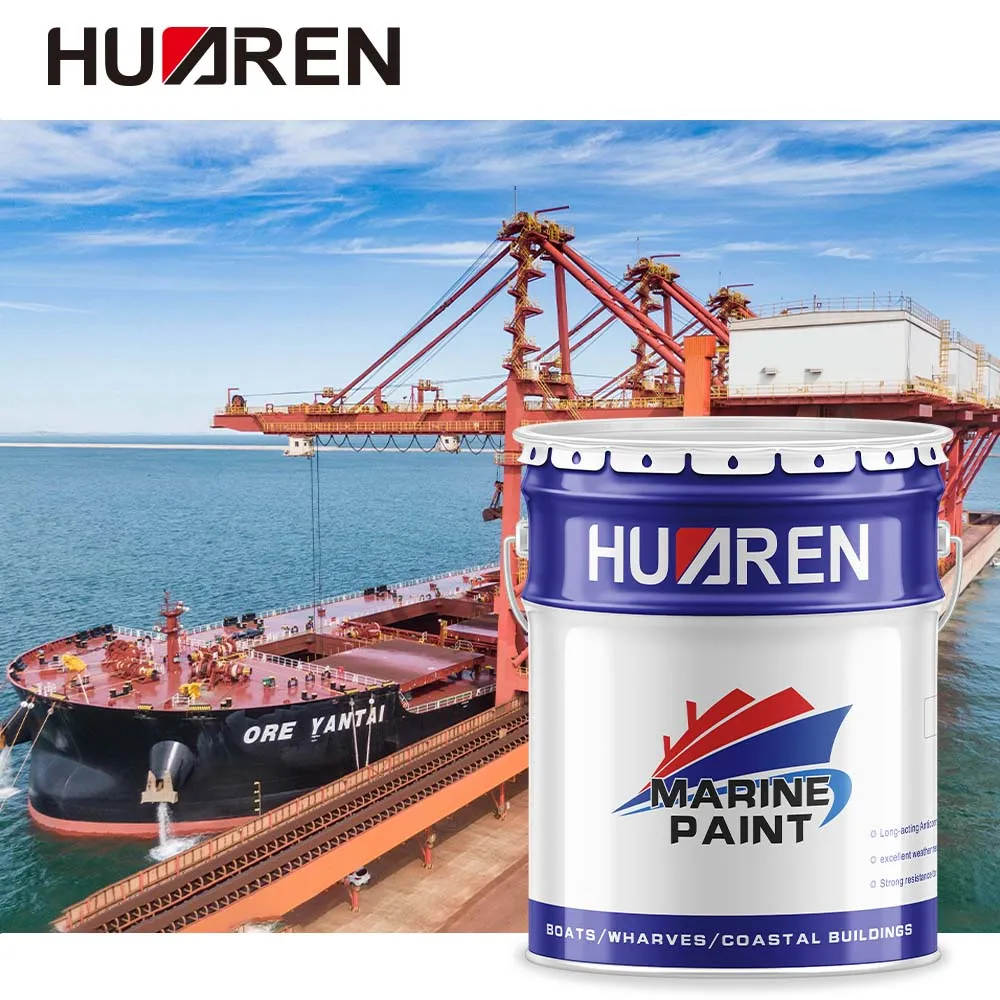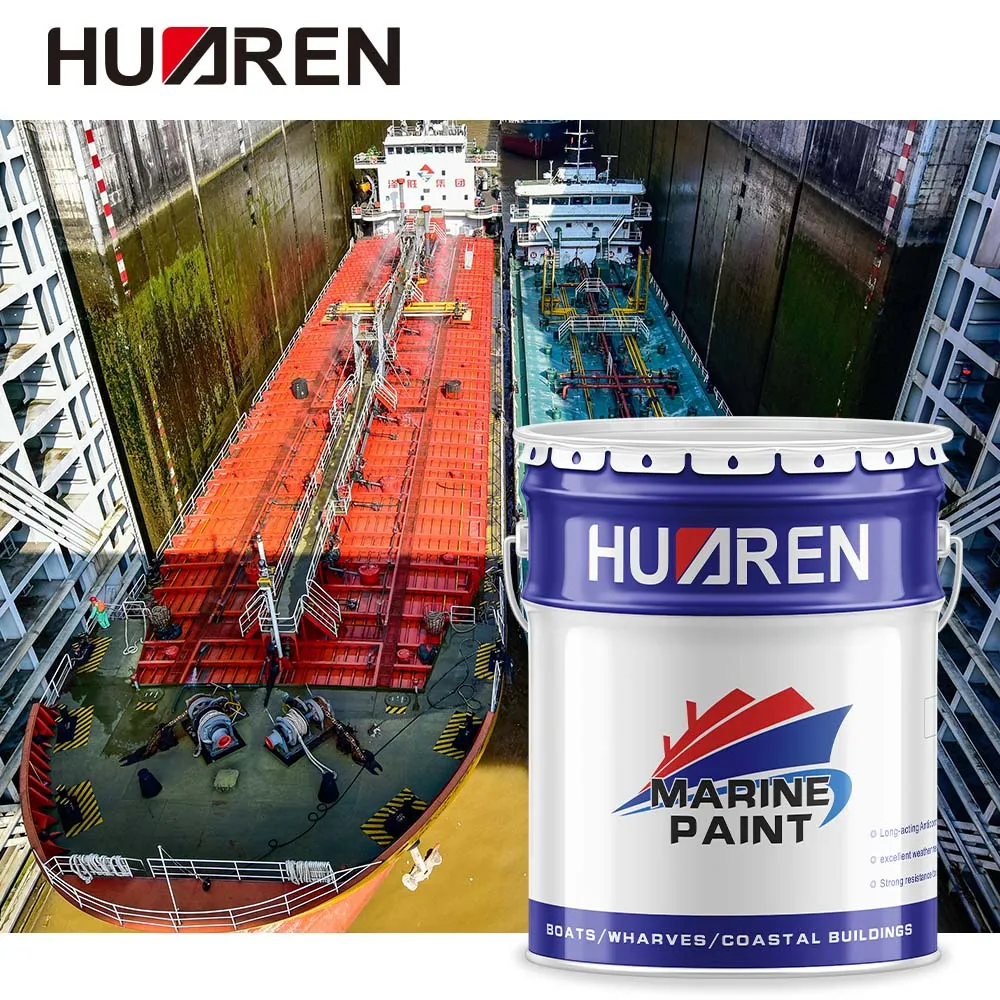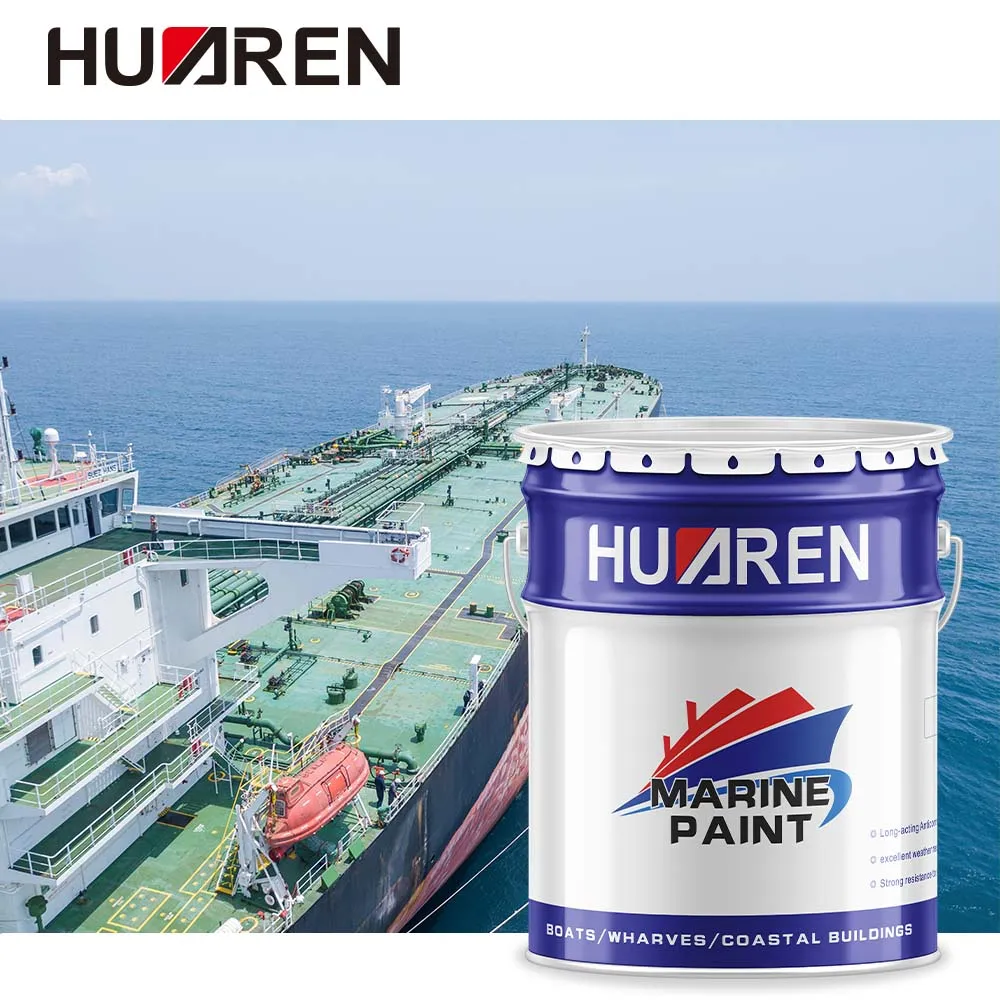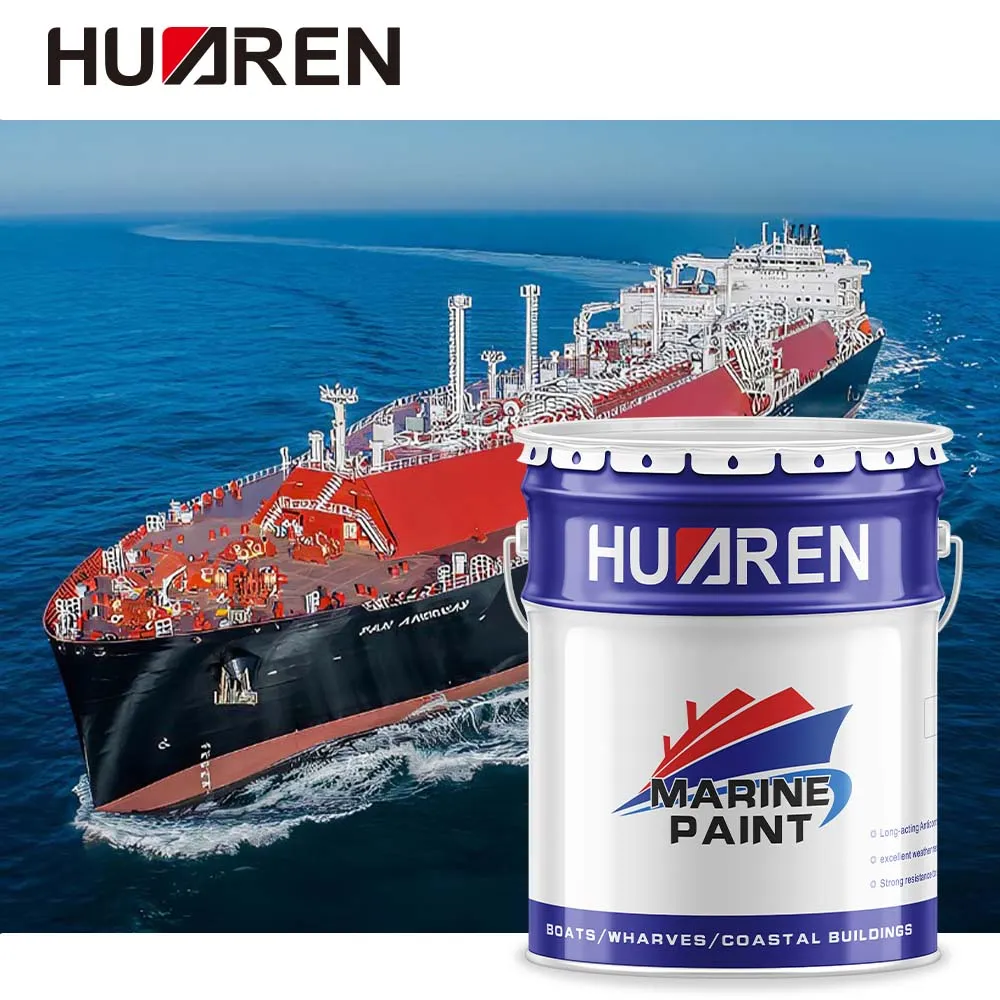As one of the parts of a ship that is most directly exposed to the external environment, the deck is subjected to multiple tests such as strong sunlight, seawater erosion, wind and sand scouring, oil pollution, and friction of heavy objects all year round. Therefore, the protective performance of its surface materials is extremely high, especially in terms of corrosion resistance, anti-slip, wear resistance, and UV resistance, and it must have long-term stable performance.
In the selection of deck protection materials, a type of paint that is often mentioned is "marine paint". Many practitioners have raised questions: Is marine paint suitable for decks? If applicable, in what performance can it meet the special needs of the deck? Is it necessary to have additional processing procedures?
To clarify these issues, we must first have a clear understanding of the definition and types of "marine paint" and analyze the technical requirements of the deck use environment. This article will systematically explore the feasibility, adaptability and advantages of marine paint for decks, and help practitioners in related industries make rational decisions.

What is marine paint?
"Marine paint" is a special industrial coating developed for hull structures and marine facilities. Its core functions are corrosion resistance, waterproofing, weather resistance and mechanical strength protection. This type of paint product is usually specially formulated to maintain stable performance in extreme environments such as high salt, high humidity, high ultraviolet rays, and frequent scouring in the ocean.
According to the different use parts and performance emphasis, marine paint can be mainly divided into the following categories:
• Anti-rust primer (such as zinc-rich primer): used for the bottom layer protection of metal hull structure, providing cathodic protection and preventing corrosion reactions.
• Middle layer coating: enhances the sealing and water resistance of the system, and connects the primer and topcoat.
• Topcoat: provides the final color effect, UV protection and surface wear resistance.
• Antifouling paint: mainly used in underwater parts to prevent marine organisms from attaching.
• Deck paint: although it belongs to the marine paint series, it usually has a special formula due to its special anti-slip and trampling resistance.
It should be clear that "marine paint" itself is a broad concept. Whether it can be used on the deck depends on whether the specific type meets the various performance requirements of the deck for the coating.

What are the performance requirements of the deck for the coating?
The ship deck, especially the main deck, is one of the areas where crew members move most frequently and are most susceptible to physical wear and chemical corrosion. Therefore, the deck coating should have the following core performance standards:
1. Strong UV resistance
The deck is exposed to solar radiation for a long time. If the paint film has weak UV resistance, it will cause fading, powdering, and cracking.
2. Excellent anti-slip performance
The deck is very easy to cause people to slip under wet conditions, so anti-slip particles (such as quartz sand and ceramic particles) must be added to increase friction.
3. High wear resistance and impact resistance
Various mechanical equipment and cargo handling form strong friction impact on the paint film, requiring the paint film to have extremely high mechanical strength.
4. Good salt spray and chemical corrosion resistance
Facing seawater, salt spray, oil pollution, etc., the coating must resist corrosion reactions for a long time.
5. Easy to clean and maintain
The deck surface must be easy to clean oil, salt stains and other pollutants to ensure that the ground is clean and safe during navigation.

Analysis of conditions for marine paint to be suitable for decks
To answer the question "Is marine paint suitable for decks?", it is necessary to make a technical analysis of the adaptability of marine paint item by item based on the above performance requirements.
1. Excellent corrosion resistance
Marine paint, especially epoxy primer, zinc-rich paint, medium-thick film paint, etc., has excellent corrosion resistance and generally has excellent resistance to seawater, salt spray and alkaline environments. Therefore, marine paint is undoubtedly fully competent in terms of corrosion protection of decks.
2. Strong coating hardness and wear resistance
The polyurethane topcoat or two-component epoxy topcoat for ships has a high coating hardness and strong surface wear resistance, and can withstand repeated rolling of heavy equipment and frequent movement of personnel. Compared with conventional interior coatings, its mechanical strength is increased by multiple levels, which is more suitable for deck use scenarios.
3. Good weather resistance of color and appearance
Most marine paints have strong UV resistance, especially topcoat products used for superstructures and decks, which often add anti-UV stabilizers to maintain color stability and are not easy to fade and crack.
4. Anti-skid property requires post-treatment
Although marine paint has good anti-corrosion and wear resistance, anti-skid property is not standard for all products. In deck applications, it is usually necessary to add anti-skid particles to the topcoat or use special anti-skid paint categories to meet ship operation standards.
5. Good chemical corrosion resistance
Ship decks are often exposed to chemicals such as lubricants, fuels, and detergents. Ordinary floor paints are difficult to withstand such corrosion, but marine paints are originally designed for harsh chemical environments. Therefore, their oil resistance, acid and alkali corrosion resistance are better than other coating systems and can maintain stability for a long time.
Application conditions of marine paint as deck paint
Although marine paint meets many key requirements of the deck in terms of performance, in actual construction and use, in order to ensure that its functions are maximized, the following conditions must be noted:
1. Correct substrate treatment process
Before any marine paint is applied, the steel or aluminum deck must be strictly sandblasted, rust-removed, cleaned and dried to improve adhesion and extend service life. The roughness and cleanliness level must meet international standards (such as Sa2.5 or above).
2. Use system supporting products
Deck coating cannot achieve all protection goals with a single coating. It must be combined with primer, intermediate paint and topcoat to form a complete protection system to build a corrosion and impact barrier layer by layer.
3. Choose anti-skid special coating or additives
If conventional ship topcoat is used, it is necessary to match it with anti-skid particles or choose anti-skid deck special paint products to meet the requirements of the deck anti-skid level in the ship operation specifications.
4. Construction environment control
During the construction of marine paint, avoid operating in high humidity, high salt spray and extreme temperature to avoid uneven drying of the paint film or adhesion problems, which will affect the final performance.

Typical advantages of marine paint for decks
After comprehensive analysis, the main advantages of marine paint for decks can be summarized as follows:
| Performance indicators | Marine paint performance | Deck application adaptability |
| Corrosion resistance | Very good | High adaptability |
Abrasion resistance | Very good | High adaptability |
| UV and weather resistance | Excellent | High adaptability |
| Anti-slip performance | Needs improvement | Needs matching processing |
| Easy maintenance | Excellent | High adaptability |
| Service life | Long (3-8 years) | High adaptability |
It can be seen that as long as the selection is appropriate, the construction is reasonable and the post-processing is perfect, marine paint can be used as one of the main materials of the deck coating system.
Is marine paint suitable for decks?
The answer is yes! Under the premise of meeting the appropriate construction process, material selection and function enhancement (especially anti-slip treatment), marine paint is fully capable of long-term protection of decks.
Its corrosion resistance, wear resistance, UV resistance and resistance to chemical media are the key performance indicators required by decks. Especially in maritime environments such as merchant ships, cargo ships, and warships, marine paint has demonstrated its unique advantages as a deck coating material.
As a leading China-based manufacturer with over 20,000 tons of annual production, we provide a full selection of paints, including phenolic, acrylic, and epoxy options. Our paints are engineered for durability, adhesion, and chemical resistance—ideal for demanding industrial use. With 30 advanced production lines, we ensure stable supply and rapid order processing.
We welcome wholesale buyers, distributors, and project contractors to request tailored quotes and benefit from our regular factory promotions. Choose Huaren Chemical for high quality and cost-effective purchasing.

